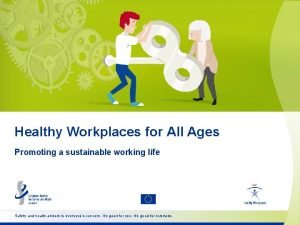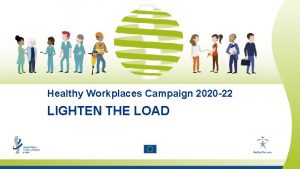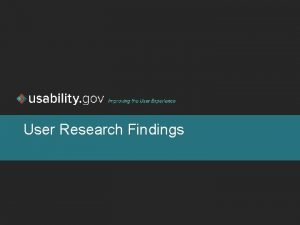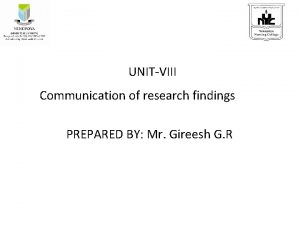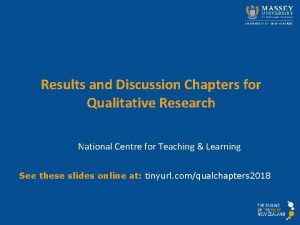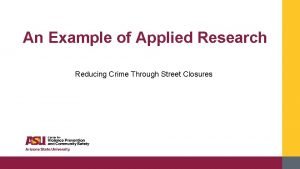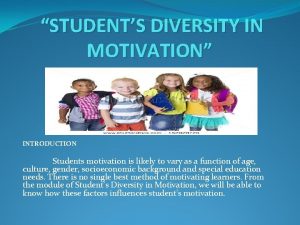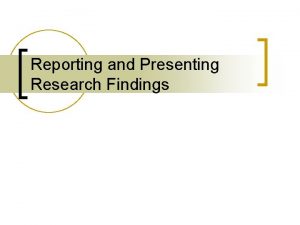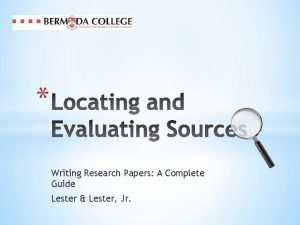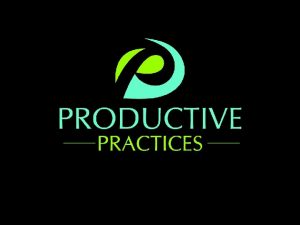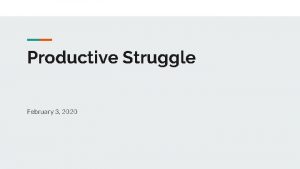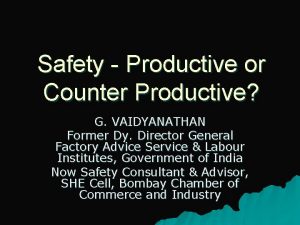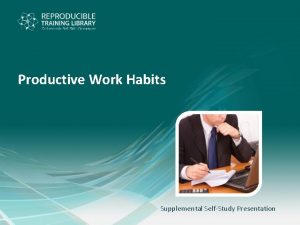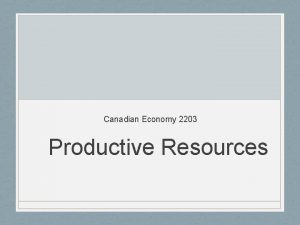Happy Homes Productive Workplaces Research findings Dr Lester














- Slides: 14

‘Happy Homes, Productive Workplaces’ Research findings Dr Lester Coleman, Head of Research One. Plus. One

Research questions 1. A link between Relationship Quality (RQ) and Work Engagement (WE) and vice-versa? 2. What predicts RQ and WE? Øwork-family conflict? Øfamily-work conflict? Øwork centrality? Øwork flexibility? Øsocio-demographic factors (e. g. Parental status, gender, work sector)?

The research survey model Relationship Quality Socio-demographics Gender and Age Sector of Employment Level of seniority Parental status Personal annual income and Joint annual income Work Engagement Work-Family Conflict (Work-life impacting on family-life) & Family-Work Conflict (Family-life impacting on work-life) Work Centrality (the relative value of work in one’s life)

Findings (n=2027) - The link between RQ and WE • Simple correlation test between RQ and WE ‘scores’. • Positive association i. e. high levels of RQ are associated with high levels of WE. • Also low levels of RQ are associated with low levels of WE.


Further tests – more credible evidence • This correlation test includes RQ and WE. • This test does not take into account other factors that may explain this (e. g. gender, parent-status, work seniority, etc. ). • Are RQ and WE still positively associated with each other when these other factors are taken in account?

Using more advanced tests • Yes, higher WE was still predicted by higher RQ. • (Beta. 113, p<0. 001). • So, this association still stands even when all these other factors are controlled for. • Repeated test the other way - was higher RQ still predicted by higher WE? • Yes, higher RQ was still predicted by higher WE, even when these other factors were controlled for. • (Beta. 122, p<0. 001).

What does this mean? • Improving people’s WE would predict improved RQ, just as improving people’s RQ would predict an improved WE. • “My relationship allows me to work this much as it gives me strength. ” • “My partner is my sounding board for work related stress, he helps me cope with office politics, bullying and all manner of trials and frustrations. We share all domestic work equally, meaning I have the time and energy to really devote myself to my job. ”

Research Q - What other factors were (independently) associated with RQ? • Working flexibly - those who work flexibly had lower RQ, compared to those who do not work flexibly. • Those who were non-parents reported higher levels of RQ compared to parents. • NOT associated were: Gender, Age, Work Centrality, Sector of Employment, and Level of Seniority.

Research Q - What other factors were (independently) associated with WE? • Those who work flexibly are more engaged with their work, compared to those who do not work flexibly. • Those groups independently associated with a higher WE were: Ø Women (more so than men); Ø those who saw their work as more important in their lives (Work Centrality); Ø those in the private sector (compared to those in the public sector); Ø those employed at the more senior level. • NOT associated were: Age and Parental Status.

The role of Work-family and Family -work conflict • Work-family conflict and family-work conflict are negatively associated with WE and RQ. • Work-family conflict has a more detrimental influence on WE and RQ compared to familywork conflict. • “The working atmosphere in my department is a very stressful and unhappy one. This takes a toll on me emotionally and impacts on my home life. ”

Model summarising the findings Higher Work Engagement associated with flexible working, women, those seeing work as more central to their life, those in private sector and those in more senior roles. Work Engagement Higher Work Centrality increases strength of association between Work Engagement and Relationship Quality Higher Work-Family conflict (work demands/stress) is more strongly associated with lower Work Engagement and lower Relationship Quality (compared to Family-Work conflict). Higher Relationship Quality associated with not working flexibly and not being a parent.

Implications • The link between RQ and WE: Employers should view Relationship Quality as an asset that requires investment: ‘relationship skills’, relationship ‘know-how’, support at times of stress, etc. • Stronger impact of Work-Family conflict: Employers are in the best position to improve RQ and WE by addressing long-working hours, managing work-stress, etc.

Next steps… Ø Exploring intervention options - co-creating a diagnostic tool to identify gaps in company policy (as the first stage in this) Ø Talking to HR professionals Ø Talking to employees.
 I am happy to know that ghi
I am happy to know that ghi Healthy workplaces for all ages
Healthy workplaces for all ages Healthy workplaces campaign
Healthy workplaces campaign Findings of qualitative research
Findings of qualitative research Key findings in research example
Key findings in research example Communication of research findings
Communication of research findings Instruments in quantitative research
Instruments in quantitative research Results and discussion in research example
Results and discussion in research example Qualitative quantitative
Qualitative quantitative Example of applied research
Example of applied research Translating research findings to clinical nursing practice
Translating research findings to clinical nursing practice Diversity and motivation
Diversity and motivation Reporting research findings
Reporting research findings Presenting research findings
Presenting research findings Sad happy bored
Sad happy bored

